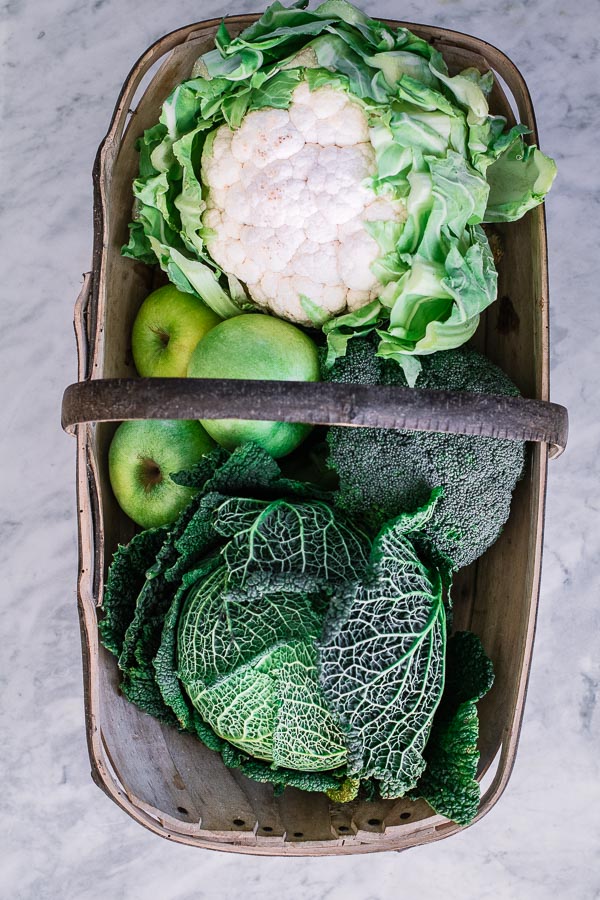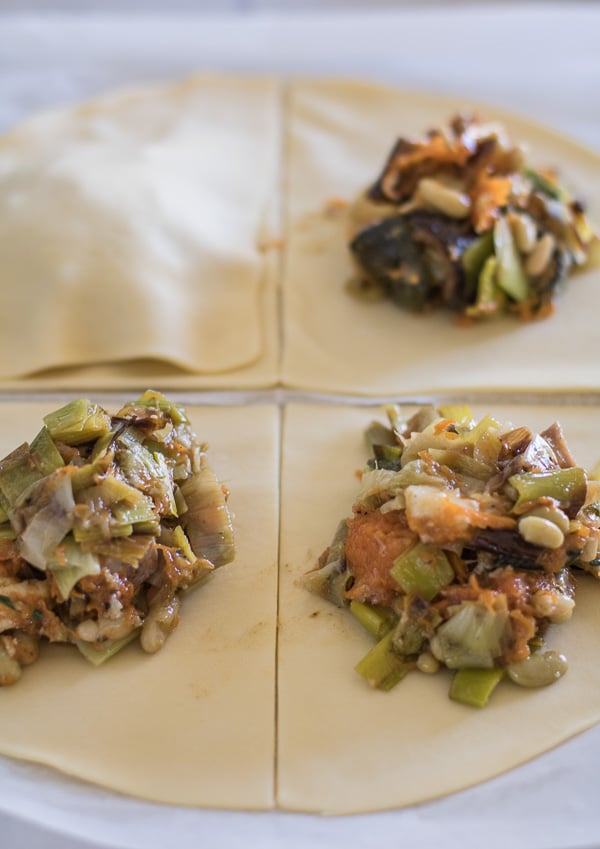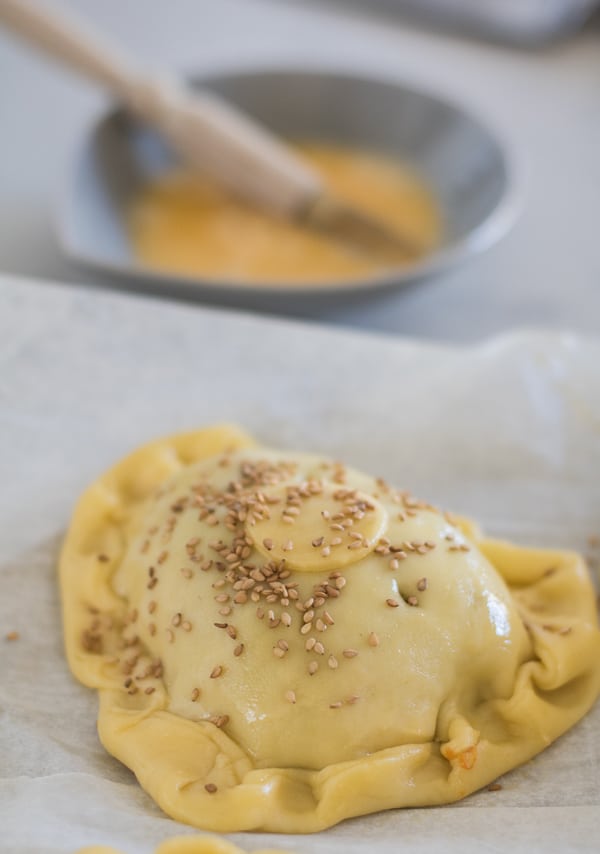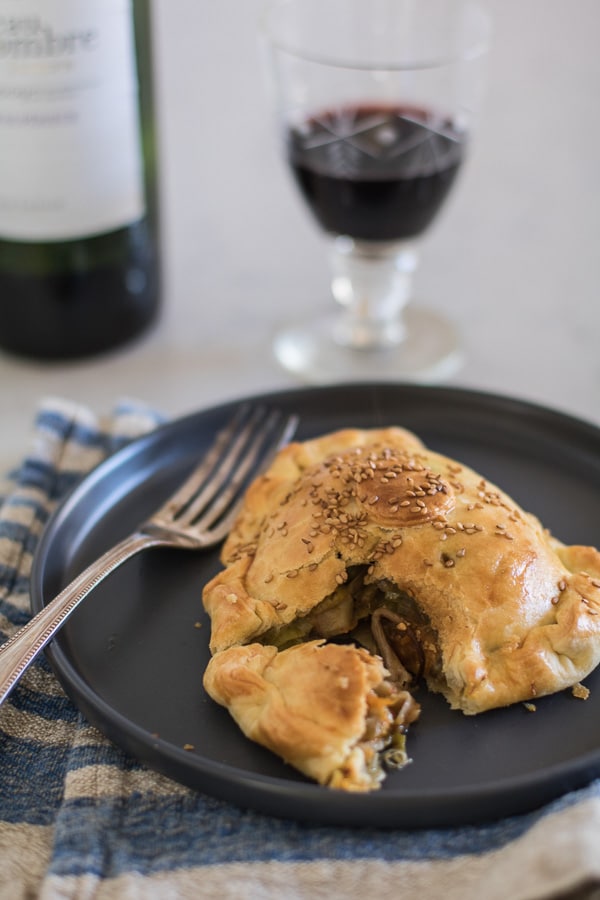
How many times have you opened the fridge, examined the uneaten leftovers… and then thrown them away? If this sounds familiar, you’re not alone.
A third of the world’s food is wasted, in fact, we dedicate around 1.4 billion hectares, close to 30% of the world’s available agricultural land, to grow food that is NEVER eaten.
To be more specific, the average family in the UK throws away nearly 12 weeks worth of groceries a year. In the US, 40 percent of all the food that is produced is wasted; accounting for 45% of all fruit and vegetables, 35% of fish and seafood, 30% of cereals, 20% of dairy products and 20% of meat. In real terms, the average American household spends 1000 US dollars a year on food solely destined for their garbage bin. Unsurprisingly, food is the no 1 product in American landfills.
“Imagine walking out of a grocery store with four bags of groceries, dropping one in the parking lot, and just not bothering to pick it up. That’s essentially what we’re doing.”
– Dana Gunders, staff scientist, Natural Resources Defence Council (@dgunders) Just eat it
The problem is multi-faceted, but it ultimately ends with us, the consumer. Food, for an ever-increasing portion of the population, is packaged and comes from a supermarket. If it’s fresh, we expect it to be perfect. If a fruit grower is hit by hail, the crop is left to rot; it’s just too expensive to pay for the labour to pick fruit that can’t be sold, not because it’s inedible, but because it doesn’t look right—for the consumer. At best, some of it might end up as animal feed or juice, but the cost of transporting worthless food makes the alternative of binning it all the more attractive. Rotting food gives off methane which is 10 times more potent than CO2, so not only are the world’s 800 million food insecure people suffering as a result of misdirected resources, so too is the environment.
Our obsession with unblemished and perfect produce has essentially boiled down to supermarkets dictating the exact colour and curve that constitutes the perfect banana; if it falls short, it’s rejected. Cucumbers have to meet a mathematical equation in order to be deemed acceptably straight and peppers need to have a width to height ratio of 0.8 to 1.0, not only for aesthetics but because it’s cheaper to transport them when they form a neat palletised unit and it’s easier to display them in symmetrical stacks.
Unlike previous generations, the newly ‘developed’ world has developed a total disconnect with real food; what it looks like, where it comes from and how to cook it and there’s a paradox at play. On one hand, we’ve become obsessed with nutrition, but we’ve learned to look for proof on the back of a packet and distrust what we naturally know to be right. In 2014, the global health and wellness food market was valued at 932 billion U.S. dollars, and it’s projected to increase to 1.1 trillion U.S. dollars by 2019, so be prepared to see more bearded hipsters with man-buns munching on omega 3 chia energy bars. Sadly, there’ll also be no abate to the glowing glamourpusses turning the handles on their spiralisers, making long-stranded curly salads with perfect pencil-straight carrots; no shortage of the yummy mummies; one hand on their Bugaboos, the other clutching a ginger & baobab wellness tonic. And whilst TV producers are tripping over themselves to produce the next Master Chef, most of their viewers are racing to catch the train home from work in time to watch a cooking program on the sofa whilst eating a ready meal from Waitrose.
“If you’re concerned about your health, you should probably avoid products that make health claims. Why? Because a health claim on a food product is a strong indication it’s not really food, and food is what you want to eat”
—Michael Pollan, In Defense of Food: An Eater’s Manifesto
As with most issues, it’s also due to a lack of education, or perhaps, a profusion of misinformation. In our quest to fight germs and bacteria, consumers have come to view best-by dates in terms of food safety, rather than food quality, and this might have something to do with the ever-increasing isles of cleaning products claiming to kill ‘99% of ‘harmful bacteria’. Whilst our grandmothers used bacteria to preserve food waste and store it for the future, our generation is killing it in a false belief that we’re all under attack from superbugs; ironically, these anti-bacterial hand gels and surface sprays mingle more than happily in the supermarket trolly with the bread, chocolate, beer, wine, yoghurt, and cheese; all made with the same ‘bad boys’ we’re being trained to kill. In just a few generations, we’ve gone from shopping daily with a basket, to shopping weekly with trollies that have become proportionately bigger to accommodate all the buy 2 get one free’s we need to buy in order to, so we’re told, spend less. Fridges are bigger, plates are bigger and even if you only want to buy some milk on your way home from work, the new super-sized supermarket baskets have grown wheels and a long handle, so you can effortlessly buy more than you need, because of course, if it were on your arm, you’d be weighed down too soon and have to stagger back to the cashiers before you threw in that tub of ice-cream and the 6 bottles of wine you didn’t need. Nowadays, if you asked a millennial what a shopping basket is, they’d tell you it’s an icon at the top right of your screen used for internet shopping.
In my humble opinion, whilst we continue to have access to food we don’t physically produce or labor for, whilst supplies are plentiful and food prices remain cheap, food has relatively little value.
The simple truth is, we don’t need more food, we need to change our attitude to the food we already have.
How can supermarkets help?
- Markdown more short-dated products before they become waste
- Relax the cosmetic rules for fresh produce
- Repurpose perishable produce by making juices and salads before they become waste
- Donate. In 2016 France became the first country to ban the destruction of food waste from supermarkets, making it mandatory for supermarkets to donate it to food banks or charities. More like this please.
- Recycle. Distribute anything that can not be eaten by humans to farms for animal feed. As a last resort, compost it.
- Reduce the distance from farm to fork, which not only reduces the carbon footprint of produce, but aids local farmers and increases the quality and shelf life of food.
What can we as consumers do?
- Dedicate one night a week to using what you have. If you have leftover vegetables, make a soup, pies, a curry, a stew, a risotto or a pasta sauce with them. Be innovative!
- Grow your own fruit and veg- you’ll value them more. Get some chickens and turn household food scraps into eggs.
- Demand wonky vegetables!
- Buy less, more often. Open your fridge, your freezer, and your pantry and take a photo on your phone before you go shopping. Don’t buy perishables in bulk unless you’re sure you’ll use them, otherwise you’ll end up using the one you needed and throwing the two you didn’t in your bin for the supermarket.
- Compost and add it to the garden to grow flowers you’d otherwise buy.
- Give food away. If you cook more than you need, share it before it spoils. Make a mental list of elderly neighbours, friends who are unwell, or take it into the office to share with colleagues.
- Use food properly. 1/3 of the cost of a broccoli is in the stem—eat it! If its a bit tough, just peel it; the sweetest part of the broccoli is in the stem. Roast all but the oldest cabbage leaves along with the cauliflower—they’re delicious. Eat your pumpkin skin, don’t throw it away. Keep the foil wrapper on butter to grease your cake tins. Dry leftover bread to make croutons and breadcrumbs. Preserve, pickle, pull the oldest food in the fridge forward and pack new things at the back. If you freeze a meal, set a reminder on your calendar to eat it within the next 2 to 3 weeks.

Here’s a list of my favourite food waste heroes, documentaries, and apps:
- Massimo Bottura was voted no 1 chef in the world in 2016 for his three Michelin-starred restaurant, Osteria Francescana in the northern Italian city of Modena, but for me, it’s his social waste project, Refettori Ambrosiano that he should be most famous for. If you haven’t caught it on Netflix, watch what he did in the documentary, The Theater of Life. His latest book, Bread is gold is a great reference for avoiding food waste and making extraordinarily delicious and economical meals from ordinary ingredients, you guessed it, like bread. He’s also been recently established Refettorio Felix in London, in conjunction with The Felix Project
- Micheal Pollan The ultimate guide to good sense and great journalistic insight on the subject of modern food and society.The following books should be on every school reading list, and in the hands of every politician: The Omnivore’s Dilemma :A Natural History of Four Meals. In Defence of Food: An Eater’s Manifesto. Food Rules: An Eater’s Manuel, Cooked: A Natural History of Transformation
- River Cottage Love Your Leftovers: Recipes for the resourceful cook. Hugh Fearnley-Whittingstall
- Food From Plenty: Good food made from the plentiful, the seasonal and the leftover, Diana Henry.
- This is a great TED talk by Fiona Jongejans looking into food waste in The Netherlands and so is this one by Selina Juul.
- The Garden Cider Project in the UK produces handcrafted premium cider from unwanted community windfalls and donated garden apples. Each year over 4000 households donate their unwanted apples and receive a share of the cider produced. We need more community projects like this.
- Copia, a great app initiative in the US to assist organisations to donate surplus food and reduce food waste.
- Food Cloud. Almost 1,200 business and more than 3,600 charities currently use its services. Supermarkets, farms and food manufacturers use it to redirect surplus food and get it to the people who need it most.
- Food Cowboy is another American app that matches food companies with charities, food banks, animal farmers or composters. Delivery drivers, caterers, and other food organisations can post edible-but-rejected food on the app’s cloud-based server so that it can be used quickly, locally and efficiently.
- Love food hate waste—a great resource for reducing food waste with loads of great ideas for the home.
- Too Good To Go This is perfect for busy people and hungry students. The app finds a home for unsold food from vendors and restaurants before they shut for the day. Hungry for some takeaway? Browse through what’s available near you and pay via the app. To collect the food, just show their receipt on your phone when you go to the shop.
Two other great food waste documentaries:

This is not really a recipe, more a way of using what you already have. I often buy the round quiche pastry, so readily available here in France, but you can use any short or puff pastry; homemade would be even better. These pies were made using pastry that was going cheap because of looming best before dates. What’s nice about ready rolled pastry is you simply place your filling on one sheet, and cover it with the other.
I’ve included a recipe for the spice mix I use to roast vegetables. I usually do one big batch or seasonal roast vegetables each week. They’re a perfect meal all on their own, topped off with a lovely lemony drizzle of tahini sauce and mopped up with homemade pitta bread…but that’s a post for another day. These pies were made using what was left in my fridge: some leftover roasted vegetables, a few cooked sausages, cheese and some leeks. I added bulk with a can of beans from the pantry to make it go a bit further. Just remember, if you need to cook leftover fresh vegetables, allow some time for them to cool before adding them to pre-cooked leftovers from the fridge.
These pies are perfect for office lunches, picnics or school lunchboxes.

More ideas for leftover pie fillings:
- Leftover mashed potato/veg—sauté some cumin, garam masala, turmeric, finely grated ginger and garlic. Add finely sliced cabbage, diced onion, frozen peas and grated carrots. Once cooked, allow to cool and add to the leftover mashed veg, along with some chopped coriander and a squeeze of lemon juice.Leftover roast chicken- dice the roast chicken and season with Harissa. Add some natural yogurt, a little finely chopped preserved lemon, chopped mint, coriander and tinned chickpeas
- Leftover roast chicken- dice the roast chicken and season with Harissa. Add some natural yogurt, a little finely chopped preserved lemon, chopped mint, coriander and tinned chickpeas
- Roast lamb— chop into small pieces and add cubed feta, a little chopped rosemary, and wilted spinach.
- Curry and stew—easy! Just add some frozen peas or tinned chickpeas
- Roast beef— Fry Red curry paste for 2 mins. Add diced beef leftovers, coconut cream, chopped fresh beans, lime juice, fish sauce and brown sugar. Cook until the beans are just tender. Divide the cooled mixture between individual ramekins and top with shortcrust pastry



Love this Sara!! I was searching for your recipe for the Olive Sour cocktail (sadly we did not make it to Gerald’s Bar in San Sebastián but that drink sounds right up my alley! 🍸) when I came across this post. Have you read The Everlasting Meal by Tamar Adler? I think you would really enjoy it!!